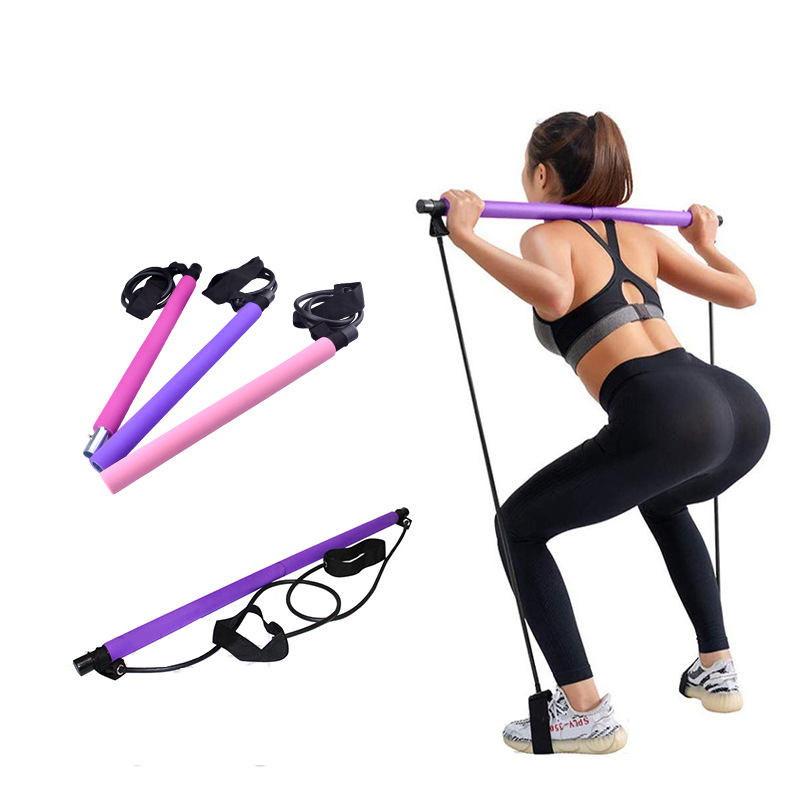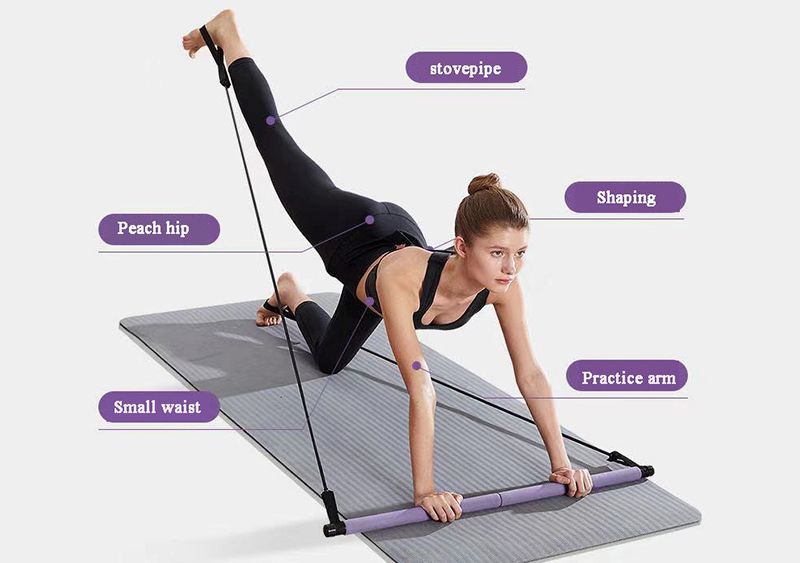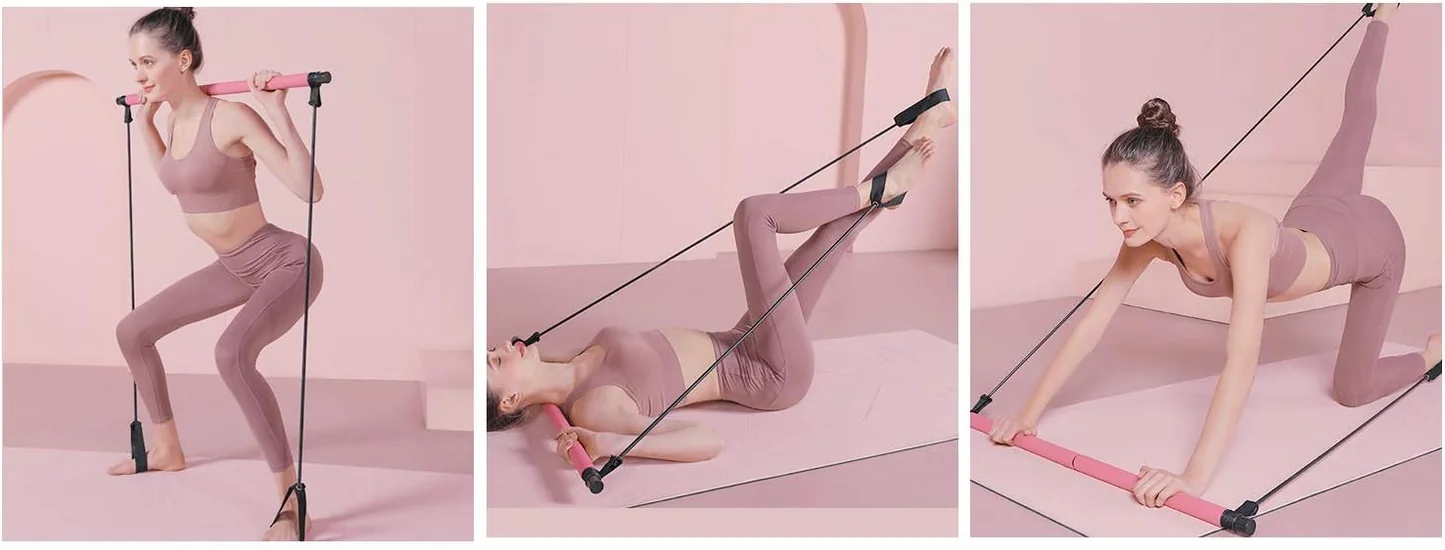Pilates, a form of low-impact exercise, has been a staple in the fitness world for decades. It focuses on core strength, flexibility, and overall body awareness. One of the key tools in Pilates is the Pilates bar, also known as the Cadillac or Trapeze Table. This article delves into the world of Pilates bars, exploring their history, benefits, different types, and how to incorporate them into your workout routine for a more dynamic and effective Pilates experience.

History of the Pilates Bar
The Pilates bar, or apparatus, was developed by Joseph Pilates himself. He was a believer in the mind-body connection and designed his exercises to improve posture, flexibility, and strength. The bar was one of the many pieces of equipment he created to assist in these exercises, providing support and resistance to enhance the workout.
Benefits of Using a Pilates Bar
1. Enhanced Core Strength: The Pilates bar allows for a wide range of movements that engage the core muscles, leading to a stronger and more stable midsection.
2. Improved Posture: By focusing on alignment and body awareness, the Pilates bar helps correct postural imbalances.
3. Increased Flexibility: Stretching exercises on the bar can improve flexibility, particularly in the spine and surrounding muscles.
4. Better Balance: The bar provides support for balance exercises, which can be challenging but highly beneficial.
5. Reduced Risk of Injury: The controlled movements and use of the bar can reduce the risk of injury compared to other forms of exercise.
6. Versatility: The Pilates bar can be used for a variety of exercises, making it a versatile piece of equipment for a full-body workout.

Types of Pilates Bars
1. Cadillac: Also known as the Trapeze Table, this is a large piece of equipment that includes a trapeze bar, a platform, and various springs for resistance.
2. Wunda Chair: A smaller piece of equipment that focuses on the upper body and core, with a bar for added resistance.
3. Ladder Barrel: A curved wooden barrel that can be used for a variety of stretching and strengthening exercises, often with the assistance of a bar.
4. Reformer: While not a bar itself, the Reformer often includes a bar for pushing and pulling movements, combining strength and cardio.
How to Use a Pilates Bar?
1. Warm-Up: Begin with gentle movements to warm up the muscles and prepare the body for the workout.
2. Core Exercises: Use the bar for support during exercises that engage the abdominal and back muscles.
3. Upper Body Strengthening: Many Pilates bar exercises target the arms, shoulders, and chest, improving overall upper body strength.
4. Stretching: The bar can be used to deepen stretches, providing a greater range of motion and flexibility.
5. Balance and Stability: Exercises that require balance can be performed with the assistance of the bar to ensure safety and proper form.
6. Cool Down: Finish the session with slower, more controlled movements to gradually bring the heart rate down.

Conclusion
The Pilates bar is a versatile and effective tool for enhancing your Pilates practice. Whether you're a beginner or an experienced practitioner, incorporating the bar into your workouts can lead to improved strength, flexibility, and overall fitness. Remember to prioritize safety and proper form to get the most out of your Pilates experience.
Post time: Jul-09-2024
